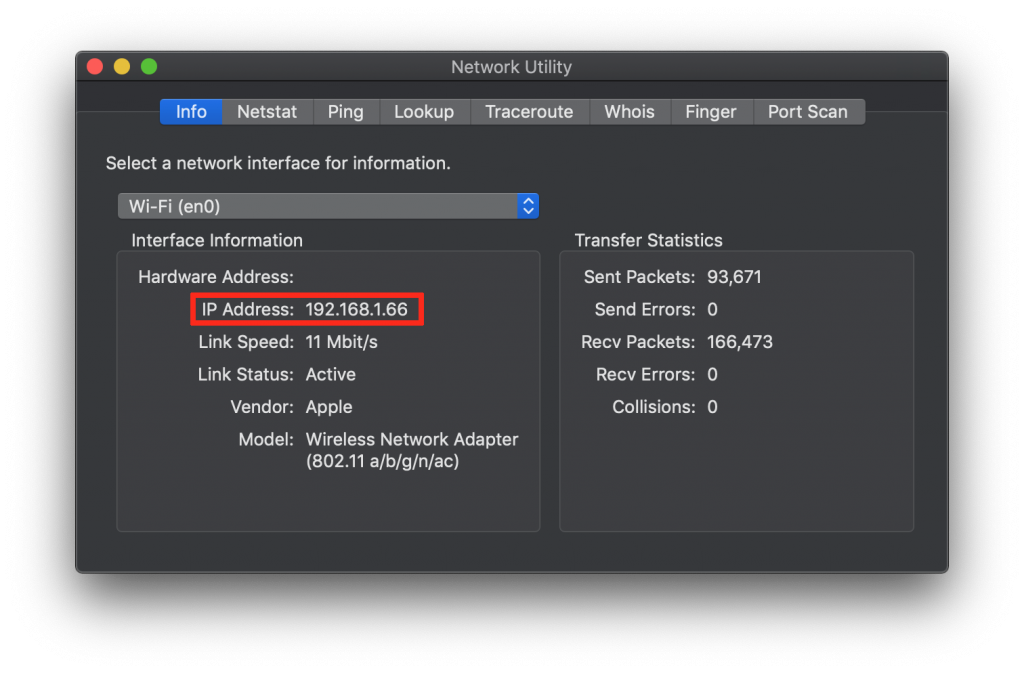
#Os x utilities reinstall os x how to#
You can find the steps to enter Internet Recovery Mode in this guide: How to Start Mac In Internet Recovery Mode. If the Standard Recovery Mode is not working on your Mac, the next available option is to use Internet Recovery Mode, which provides the same Recovery tools via Apple servers. The script explains what it will do and then pauses before it does it. Continue holding all the keys, until you see macOS Utilities screen. Paste that in a macOS Terminal or Linux shell prompt. Press the Power button to start Mac and immediately Press and Hold Option (Alt) + Command + R keys.ģ. Since OS X 10.9, /usr/bin/git has been preset by Xcode command line tools.
#Os x utilities reinstall os x password#
If the installer asks to unlock your disk, enter the password you use to log in to your Mac. To begin installation, select Reinstall macOS from the utilities window in macOS Recovery, then click Continue and follow the onscreen instructions. If your Mac has T2 Chip, follow the steps below to start your Mac in Recovery Mode.Ģ. Compatibility Issues Installing nvm on Alpine Linux Uninstalling / Removal. Reinstalling macOS does not remove data from your Mac. In the right-pane, you will be able see if your Mac is equipped with Apple T2 Chip. On the next screen, click on Controller in the left-pane. To confirm, click on Apple Logo > About This Mac > System Information. If your Intel-based Mac is not going into recovery mode when you press the usual Command + R key combination, it is probably equipped with Apple T2 Chip. Start Mac with Apple T2 Chip in Recovery Mode

Continue holding the Power button, until you see macOS Utilities screen.ģ. Press the Power button to start Mac and immediately Press and Hold Command + R keys.ģ. If your MacBook Pro, MacBook Air or Mac Mini is equipped with Intel-based processor, you can follow the steps below to enter Recovery Mode.Ģ.

On the next screen, you will see the options to Reinstall macOS, restore from Time Machine, Disk Utility and other options to fix problems on your device. On the next screen, select Language and click on the Next Arrow.Ħ. See how you can solve issue with Macbook take forever to reinstall and the OS X displaying 'Downloading additional components. Wait for all the startup icons to appear on the screen and click on Options to access the Recovery Mode screen.ĥ. Release the Power button, when you see a message reading “Loading Startup Options” on the screen of your computer.Ĥ. Press and Hold the Power button to start Mac and continue holding the Power button as Mac starts with Apple Logo.ģ. If your MacBook Pro, MacBook Air or Mac Mini has Apple M1 Processor, you can follow the steps below to enter Recovery Mode.Ģ.

You can check the type of Processor installed on your Mac by clicking Apple Logo in top-menu bar and selecting About This Mac option in the drop-down menu. The steps to boot Mac in Recovery Mode vary, depending on whether your Mac is powered by Intel-Processor, Apple M1 Processor and also if it is equipped with Apple T2 Chip.


 0 kommentar(er)
0 kommentar(er)
